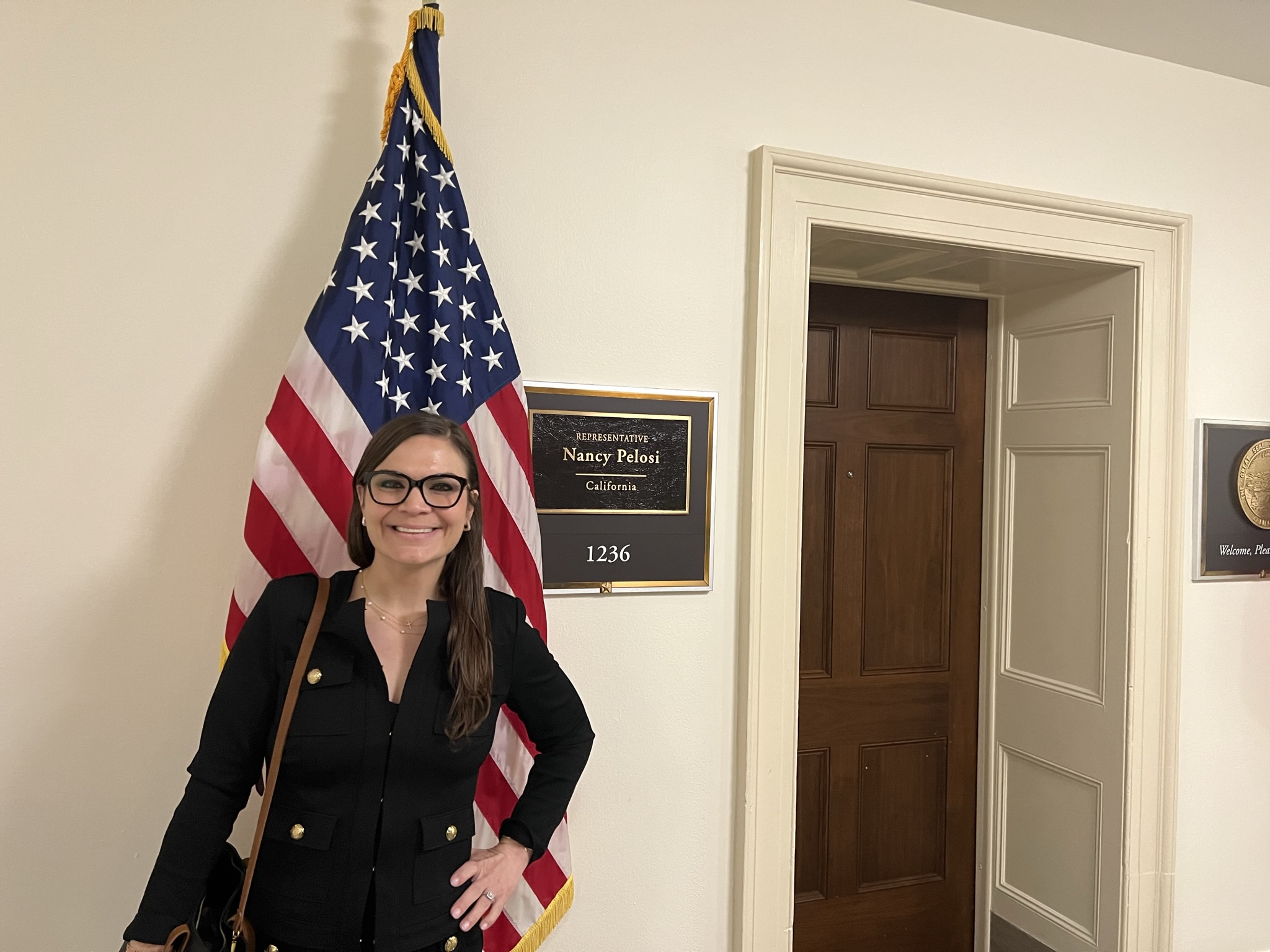Harkins, Schember observe SRNAs in action
Celebrating CRNA Week is an annual tradition enjoyed by the faculty, students and staff of the UPMC Hamot Anesthesia Department and the School of Anesthesia. But this year, during the weeklong celebration held January 20 to 24, new School of Anesthesia director Dr. Rachel Wolfe added an element of excitement by inviting VIPs to observe during a special day of this event.
Pennsylvania State Representative Patrick Harkins and City of Erie Mayor Joseph Schember joined the faculty and students of the UPMC Hamot School of Anesthesia during a simulation lab to not only observe but to try some of the hands-on activities themselves. Under the guidance of Dr. Wolfe, Mayor Schember and Rep. Harkins participated in activities such as IV placement, arterial line placement, and fiberoptic intubations, while various students from the Classes of 2024, 2025 and 2026 provided both instruction and humor.
Students involved in the simulation lab included Class of 2025’s Pamela Brown, Mark Erickson, and Naudya Yanno; Class of 2026’s Lacey Rovnak, Calvin Gilbert, and Vanessa Stenulis; and Class of 2027’s Joshua Miller and Brian Doyle.
By inviting Mr. Harkins and Mr. Schember, Dr. Wolfe was making an effort to educate the community and the public on the work and function of CRNAs. Hand in hand with that goal, she's putting the name of the UPMC Hamot School of Anesthesia in the public eye to bring additional visibility and focus to the school.
Rep. Harkins poses with SRNAs and the school director after successfully learning CRNAs roles and responsibilities through a Simulation Lab at the UPMC Hamot School of Anesthesia during CRNA Week, January 20-24.


The mayor and state representative were invited to participate in an effort to educate members of the public on the work of CRNAs in the community.

Pictured Below: The SRNAs who spent their the time demonstrating and assisting in many hands-on activities included (from left to right) Pamela Brown, Class of 2025; Lacey Rovnak, Class of 2026; Mark Erickson, Class of 2025; Vanessa Stenulis, Class of 2026; and Naudya Yanno, Class of 2025.

























































































